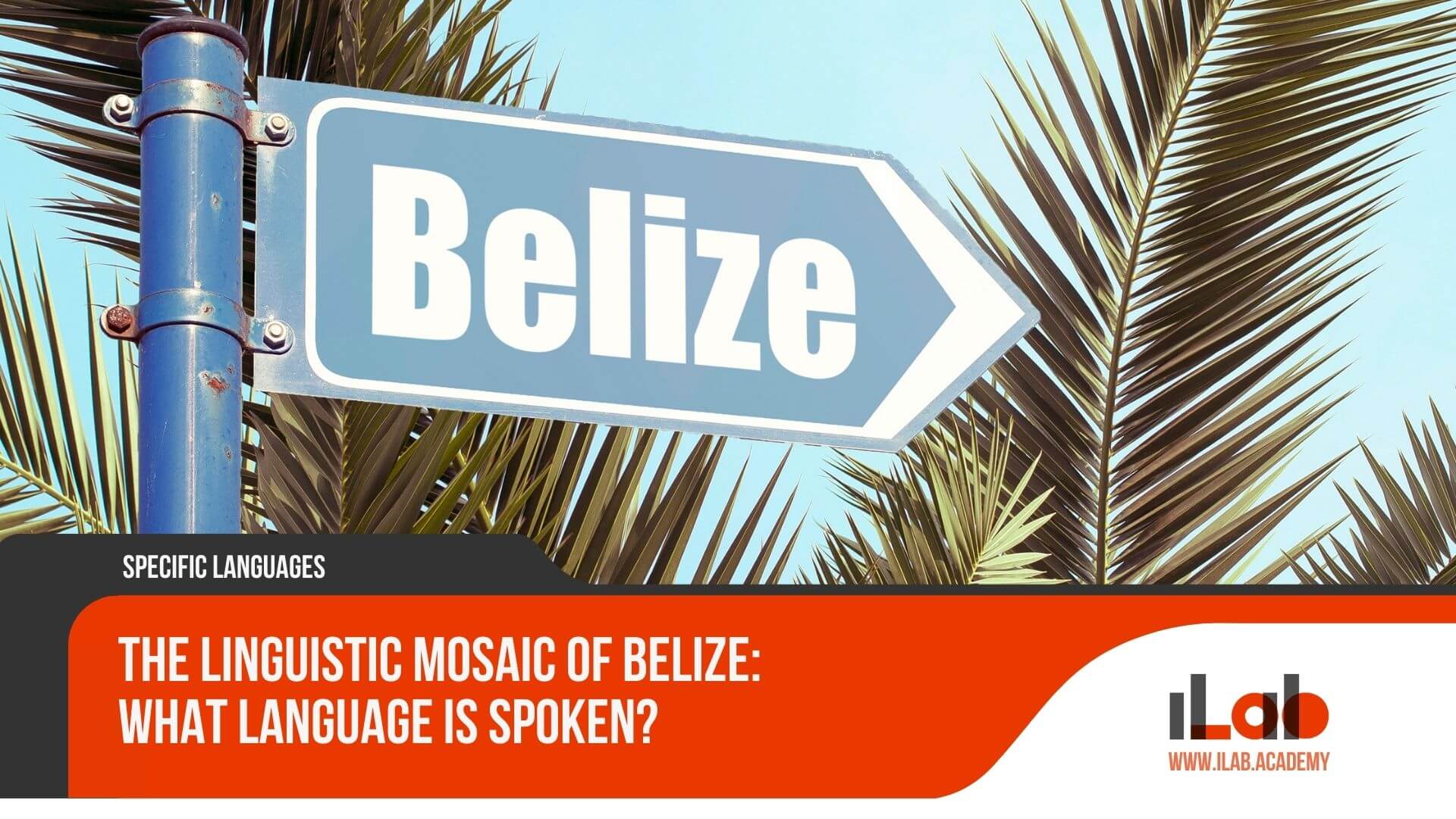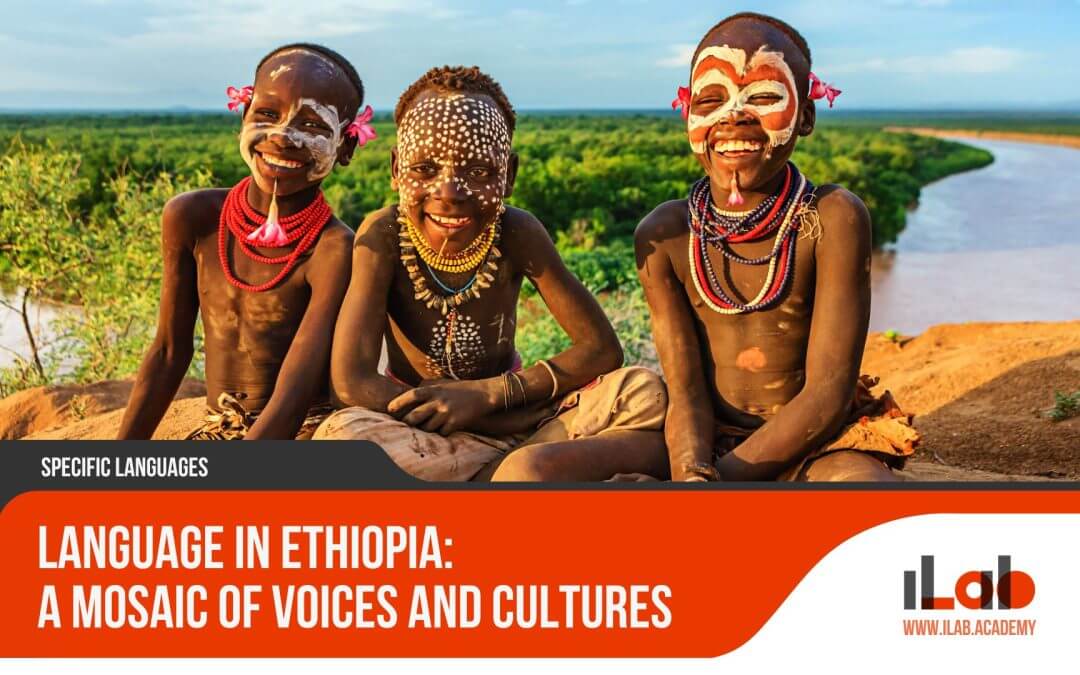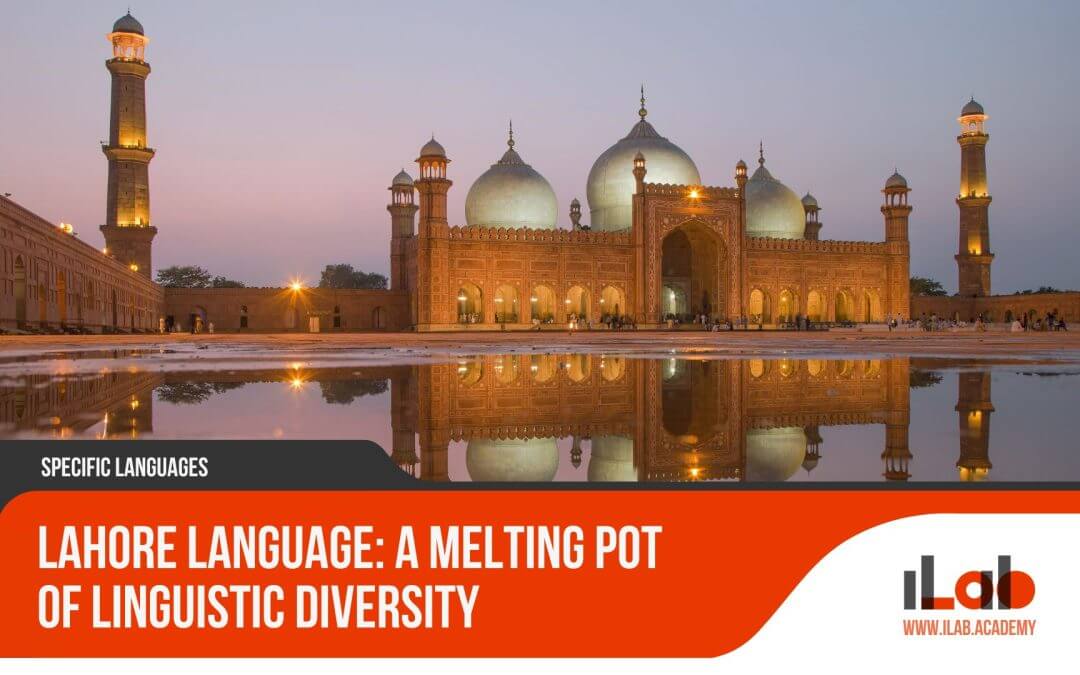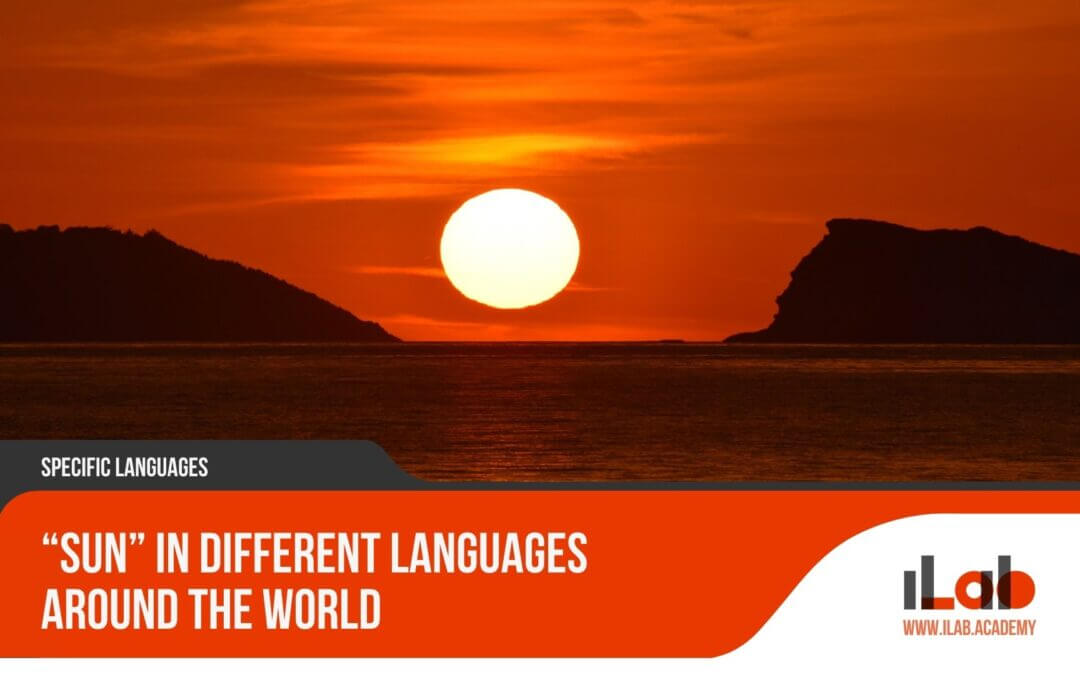Table of contents
Nestled between the dense green canopy of Central America and the azure expanse of the Caribbean Sea, Belize presents a fascinating case study in linguistic diversity. While English holds the status of the official language, a designation that harks back to its colonial past, it is but one voice in a chorus of tongues that define this nation’s unique communication landscape. Belizean Creole, with its rhythmic cadence, serves as the connective tissue among the populace, while Spanish, Mayan dialects, Germanic vernaculars from Mennonite settlers, and the distinct Garifuna language each add a vibrant strand to the nation’s cultural tapestry. The interplay of these languages not only reflects the complex history and ethnic composition of Belize but also raises compelling questions about the dynamics of linguistic evolution, social cohesion, and identity. As we explore the linguistic mosaic of Belize, we are drawn into a multilayered dialogue about how these languages coexist, influence one another, and are navigated within the spheres of education, governance, and society at large—a dialogue that opens up wider considerations on the implications of such diversity for the future of Belizean heritage and communication.
Key Takeaways
- Belize is a country with a rich cultural heritage and a unique linguistic landscape, characterized by multiple ethnic groups and languages.
- English is the official language of Belize and plays a significant role in administration, education, and international affairs, distinguishing Belize from its Spanish-speaking neighbors.
- Belizean Creole (Kriol) is the most widely spoken language in day-to-day communication in Belize, serving as a lingua franca and an important identity marker for Belizeans.
- Spanish is widespread in Belize due to historical and demographic factors, and it is commonly used in local communities, commerce, and as a second language for many Belizeans.
English: The Official Language
English, as the official language of Belize, serves as a cornerstone of the nation’s administration, education system, and international diplomacy, reflecting its historical roots as a British colony. This linguistic legacy distinguishes Belize in a region predominantly composed of Spanish-speaking countries. The use of English facilitates governmental processes, legislations, and judicial affairs, ensuring a uniform mode of communication in official matters.
In the realm of education, English is the primary medium of instruction from primary to tertiary levels, which equips Belizean students with the linguistic tools necessary for global participation and access to the wider corpus of English-language academic resources. Furthermore, the prevalence of English in Belizean schools also supports the country’s workforce, providing them with a competitive advantage in an increasingly interconnected global economy.
On the international stage, English bolsters Belize’s diplomatic relationships and trade ties, particularly with other English-speaking nations. It serves as a bridge that connects Belize to international bodies and forums, where English often operates as a lingua franca. This linguistic attribute enhances Belize’s visibility and facilitates partnerships and dialogue in multilateral settings.
The preeminence of English in Belize also underscores the country’s unique identity within Central America. It helps preserve the cultural and historical heritage associated with its colonial past while also enabling Belize to maintain a distinct presence among its neighbors. Despite the linguistic diversity within the nation, which includes several indigenous languages, Creole, Spanish, and Germanic languages, English remains the official unifier in Belize’s multilingual tapestry.
Belizean Creole: The Lingua Franca
While English holds the official status, it is the vibrant Belizean Creole, known as Kriol, that resonates most prominently in the everyday conversations of Belizeans, serving as a symbol of national identity and cultural cohesion. Kriol, which emerged from the intermixing of African languages with English and Spanish during the colonial era, has evolved into a full-fledged language, rich in expressions and nuances that capture the essence of the Belizean spirit.
Kriol’s development mirrors the country’s history, with its vocabulary and syntax reflecting a blend of linguistic influences. It has become an intrinsic part of Belizean culture, permeating music, storytelling, and daily communication. As an identity marker, Kriol showcases the resilience and adaptability of the Belizean people, having transitioned from a means of survival during oppressive times to a source of pride and solidarity.
To connect with the emotional fabric of Belize through Kriol, consider the following table:
| Emotion | Kriol Phrase |
|---|---|
| Love | “Ah love yuh” |
| Joy | “Wi happy tuhdeh” |
| Pride | “Ah proud ah mi kulcha” |
| Hope | “Wi gat hope fi di fyucha” |
| Unity | “Wi stan tugeda” |
Kriol’s role extends beyond everyday conversation; it is a lingua franca that bridges the various ethnic groups within Belize, fostering mutual understanding and respect. Its usage in education and media signals its growing recognition as a legitimate language in its own right.
Understanding Kriol is key to understanding Belize. It is a language that captures the nation’s heart, tells its stories, and unites its people in a shared heritage. As Belize navigates the complexities of its multicultural landscape, Kriol remains a steadfast emblem of its communal bonds.
Spanish: Widespread and Growing
Bridging the linguistic landscape from the colloquial charm of Belizean Creole, Spanish stands as a prominent and expanding language within Belize’s diverse communities. The growth of Spanish can be attributed to historical ties and demographic shifts, including the constant interplay with neighboring Spanish-speaking countries and the influx of immigrants from Latin America. This has cemented Spanish as a key language in the social and economic fabric of Belize.
In many local communities, Spanish is the primary mode of communication, particularly in areas with high concentrations of Hispanic residents. It plays a significant role in commerce, where bilingualism can be a valuable asset in local and cross-border trade. For many Belizeans, Spanish serves as a second language, learned either through community interaction or formal education. The language’s prevalence is reflective of a broader Latin American influence, which continues to shape Belize’s cultural and linguistic identity.
The use of Spanish is not evenly distributed across the country, with some regions demonstrating higher usage and fluency than others. However, its presence is undeniable and growing, indicating a trend that could see Spanish gaining more prominence in the coming years. This linguistic shift poses both opportunities and challenges, as it facilitates greater integration into the Central American context while also emphasizing the need for balanced language policies that respect and preserve the full spectrum of Belize’s linguistic heritage.
Mayan Languages: A Living Heritage
Nestled within the verdant valleys and rolling hills of Belize, the Mayan languages of Q’eqchi’, Mopan, and Yucatec Maya endure as vital expressions of indigenous identity and cultural heritage. These ancient tongues, once the sole voices echoing through the rainforests and across the stone cities of the Maya, persist today as a testament to the resilience of the Mayan peoples.
The importance of Q’eqchi’, Mopan, and Yucatec Maya cannot be overstated in the context of Belize’s cultural mosaic. Each language serves not only as a means of daily communication but also as a repository of collective memory and traditional knowledge. They are the vehicles through which oral histories, spiritual beliefs, and indigenous worldviews are transferred from one generation to the next. In recognizing their value, these languages are not mere relics of the past; they are dynamic elements of living cultures, adapting and surviving in a modernizing world.
Efforts to maintain the vibrancy of these Mayan languages are evident in community initiatives and educational programs. Schools in Mayan-dominated regions incorporate these languages into their curricula, aiming to foster bilingual or trilingual proficiency alongside Spanish and English. Such educational policies are pivotal for the continued relevance of Mayan languages in the face of globalizing influences.
In preserving these linguistic treasures, Belize upholds the essence of its Mayan heritage, ensuring that the voices of its earliest inhabitants remain an integral part of the nation’s rich tapestry of languages. The flourishing of Q’eqchi’, Mopan, and Yucatec Maya within Belize signifies more than the survival of words; it symbolizes the enduring spirit and cultural autonomy of the Mayan people.
Germanic Languages: Mennonite Contributions
The Mennonite communities in Belize, with their distinct use of Plautdietsch and Standard German, contribute to the country’s linguistic diversity and play a significant role in its agrarian economy. Originating from various waves of migration, primarily from Canada, Mexico, and the Russian Empire, these Mennonites have maintained their language and culture, which includes a strong tradition of education in their own language. Plautdietsch, a dialect of Low German, is the vernacular spoken at home and within the community, while Standard German is taught for reading and writing, particularly in religious contexts.
The Mennonite presence in Belize is not isolated to cultural enclaves; it intersects with the wider Belizean society, especially through agriculture. Mennonites are known for their expertise in farming and have become integral to the production of various crops and dairy products. This interaction necessitates a degree of linguistic exchange with other Belizean groups, contributing to the mosaic of languages found within the nation.
Despite their insularity, the Mennonite communities have managed to balance the preservation of their linguistic heritage with the demands of a multilingual economy. They often learn English or Spanish, which are essential for trade and communication outside their settlements. This trilingual proficiency exemplifies the pragmatic adaptation of the Mennonites to their environment while still upholding their linguistic identity.
The Germanic languages of the Mennonites, therefore, represent a unique thread in the fabric of Belize’s linguistic tapestry. Their contribution underscores the complexities of language coexistence and the interconnectedness of linguistic and economic vitality within the culturally pluralistic society of Belize.
Garifuna: A UNESCO-Recognized Language
Continuing our exploration of Belize’s linguistic diversity, we turn our attention to the Garifuna language, a vital element of the Afro-Amerindian Garifuna community’s cultural heritage, recognized by UNESCO. This language is not just a means of communication but also an intrinsic part of the Garifuna identity, encapsulating their history, traditions, and resilience. The Garifuna language, which emerged from the unique blend of Indigenous Arawak and Carib languages with a smattering of French, English, and Spanish, is spoken primarily along the Caribbean coast of Central America.
The cultural significance of Garifuna is evident in various aspects of the community’s daily life. Music and dance, such as the iconic Punta, are performed in the Garifuna language, serving as both entertainment and a medium for storytelling and historical documentation. Religious ceremonies often combine Garifuna with other languages, highlighting the syncretic nature of Garifuna spirituality.
The language’s importance to cultural identity is underscored by its recognition by UNESCO in 2001, when the Garifuna language, along with its music and dance, was proclaimed a Masterpiece of the Oral and Intangible Heritage of Humanity. This international acknowledgment has been instrumental in fostering a sense of pride among the Garifuna people and bringing attention to the need for preservation.
- The haunting melodies of Garifuna music resonate with the soulful narratives of a resilient culture.
- The rhythmic footsteps of Garifuna dancers echo the heartbeat of an ancestral legacy.
- The whispered prayers in Garifuna ceremonies breathe life into the spiritual tapestry of their community.
To an audience keen on understanding the linguistic mosaic of Belize, the Garifuna language offers a window into the rich tapestry of cultural diversity that characterizes this Central American nation. It reminds us that language is more than just words; it’s the living expression of a people’s past, present, and aspirations for the future.
Linguistic Diversity and Education
Addressing the educational needs of a linguistically diverse student population presents a significant challenge for Belize’s schooling system. With students coming from backgrounds where English, Belizean Creole, Spanish, Mayan languages, Plautdietsch, and Garifuna are spoken, educators must navigate a complex linguistic landscape.
Belize’s educational policy has evolved to incorporate bilingual and multilingual education models, aiming to respect linguistic heritage while also ensuring proficiency in the official language, English. This approach is important for both cultural preservation and practical communication needs.
The following table provides an overview of the languages involved in Belize’s education system, along with their respective roles:
| Language | Role in Education |
|---|---|
| English | Medium of instruction; official language |
| Belizean Creole | Informal communication; cultural studies |
| Spanish | Second language; offered in many schools |
| Mayan Languages | Cultural courses; community-based programs |
| Plautdietsch | Used in Mennonite community schools |
| Garifuna | Cultural enrichment; occasional instruction |
In practice, schools often become arenas where language policies are tested and adapted. For example, the use of Belizean Creole as a bridge to learning English has been debated, with some advocating its use to ease the transition for Creole-speaking children. Similarly, Mayan and Garifuna languages are sometimes incorporated into the curriculum to foster cultural identity and awareness.
Educators are tasked with the delicate balance of maintaining academic standards in English while also recognizing the importance of students’ mother tongues. The goal is to create a learning environment where linguistic diversity is seen not as a barrier, but as a resource that enriches the educational experience for all students in Belize.
Language and Tourism
Belize’s linguistic diversity not only enriches the cultural tapestry of the nation but also plays a pivotal role in attracting and accommodating the global tourism market. As tourists from around the world flock to Belize to bask in its natural wonders, from the Belize Barrier Reef to the ancient Maya ruins, they are also charmed by the myriad of languages that echo through the streets, markets, and villages. This linguistic landscape is not merely a backdrop; it is a living, breathing element of the tourist experience, offering authenticity and a deeper connection to the cultural heritage of Belize.
For those working in the tourism sector, the ability to navigate this multilingual environment is crucial. It enhances the quality of service and enables meaningful interactions with visitors. The proficiency in multiple languages among locals serves as a bridge, facilitating communication and enriching the experience for both tourists and service providers.
- Imagine the warmth of a greeting in Belizean Creole, an invitation to a world where language weaves together the stories and songs of the Caribbean.
- Envision the intrigue as you overhear the ancient tongues of Maya, whispers of a civilization steeped in mystery and history.
- Feel the camaraderie in a simple “Buenos días,” a shared word that transcends borders and signals a welcome in a land of diversity.
As Belize’s tourism industry thrives, the intrinsic value of its languages becomes ever more apparent. Not only do they serve as a magnet for cultural connoisseurs, but they also stand as testament to the nation’s commitment to preserving and celebrating its linguistic heritage. For those seeking to understand the heart of Belize, it is through its languages that one truly hears its pulse.
Challenges of Language Preservation
The preservation of Belize’s diverse linguistic tapestry faces significant challenges, including the gradual erosion of minority languages in the face of dominant ones. As global and regional languages like English and Spanish increase in prominence, smaller linguistic groups struggle to maintain their linguistic heritage. Language shift, where speakers progressively adopt another language, often occurs due to socio-economic pressures and the perceived higher utility of dominant languages.
Efforts to revitalize and maintain minority languages are crucial within Belize’s multicultural framework. These efforts are often confronted with limited resources and the need for strategic educational programs that promote bilingualism or multilingualism while valuing indigenous and minority languages.
| Challenge | Description |
|---|---|
| Globalization | The global dominance of English affects the status of local languages. |
| Education | Schools primarily teach in English, limiting exposure to native languages. |
| Media Influence | English and Spanish media overshadow local content. |
| Demographics | Migration and urbanization dilute traditional linguistic domains. |
| Policy | Insufficient support for comprehensive language preservation programs. |
Language preservation is not merely about saving words but also about maintaining cultural identity, wisdom, and diversity. It requires a concerted effort from individuals, communities, educational institutions, and government bodies. Without such collaborative interventions, Belize risks losing not only a part of its linguistic heritage but also the cultural richness that these languages embody. Therefore, it is imperative to create an environment where all of Belize’s languages can thrive for the benefit of current and future generations.
Frequently Asked Questions
How Does the Language Landscape of Belize Compare to That of Its Central American Neighbors?
Belize’s linguistic landscape is significantly distinct from its Spanish-dominant Central American neighbors. As the only country in the region with English as its official language, it also features a linguistic tapestry that includes Belizean Creole, Spanish, Mayan languages, German dialects from Mennonite communities, and the Garifuna language, reflecting its diverse ethnic composition and colonial history, which contrasts with the predominantly Spanish-speaking environments of neighboring countries.
In What Ways Have Global Digital Platforms and Social Media Impacted the Use of Languages in Belize?
Global digital platforms and social media have significantly influenced language use in Belize. They facilitate the widespread adoption of English and Spanish, while also providing a space for the promotion and preservation of local languages like Creole and Garifuna. These technologies enable real-time communication and content sharing, thus affecting language proficiency and preference, especially among the younger population, who are often the most active online users.
Are There Any Initiatives or Programs in Place to Teach Foreign Languages to Belizeans, Given the Country’s Touristic Appeal?
In Belize, several initiatives aim to bolster foreign language proficiency among locals to enhance the country’s touristic appeal. These programs, often supported by educational institutions and tourism boards, offer courses in languages such as Spanish, French, and German, reflecting the diversity of tourists. Such educational efforts are instrumental in providing Belizeans with the linguistic skills necessary to engage effectively with international visitors and sustain the tourism industry’s growth.
How Does the Belizean Government Support or Promote Linguistic Diversity Within the Country’s Media Outlets?
The Belizean government promotes linguistic diversity in media by supporting programming in various languages such as English, Spanish, Kriol, and Mayan languages, reflecting the multiplicity of its populace. This approach fosters inclusivity and cultural representation. Additionally, the government encourages the use of Garifuna and German in local broadcasts, thus preserving the linguistic heritage and providing diverse content for all Belizeans, while also enhancing the country’s vibrant cultural tapestry.
In What Capacity Do International Linguistic Organizations Play a Role in the Preservation and Promotion of Belize’s Lesser-Known Languages?
International linguistic organizations are instrumental in the preservation and promotion of lesser-known languages in Belize. They provide resources for research, documentation, and revitalization efforts. These bodies often collaborate with local communities to develop educational materials and programs that help maintain linguistic diversity. Their role is vital in ensuring that the linguistic heritage of Belize’s minority languages is not only recognized but also actively supported for future generations.
Conclusion
In conclusion, Belize’s linguistic landscape is a reflection of its rich cultural tapestry. The official status of English, the ubiquity of Belizean Creole, the proliferation of Spanish, the resilience of Mayan tongues, the unique Germanic dialects of the Mennonites, and the cultural treasure of the Garifuna language all contribute to the nation’s identity. However, this diversity also presents challenges in education and preservation, necessitating concerted efforts to sustain and celebrate Belize’s unique linguistic heritage.











